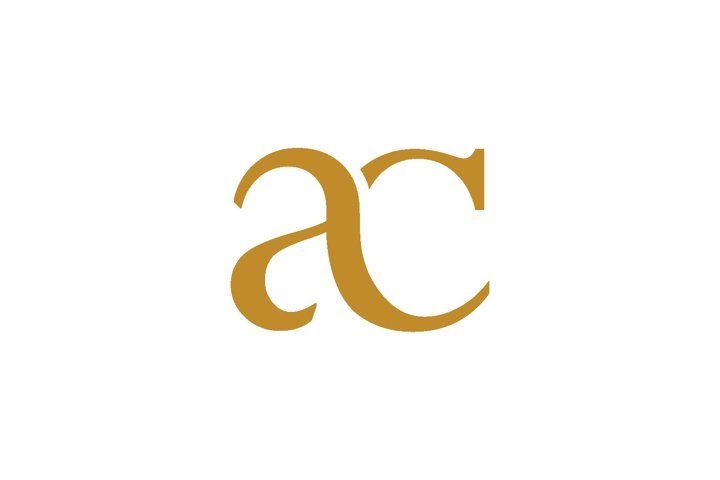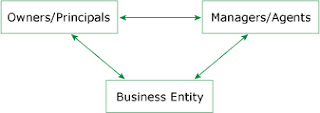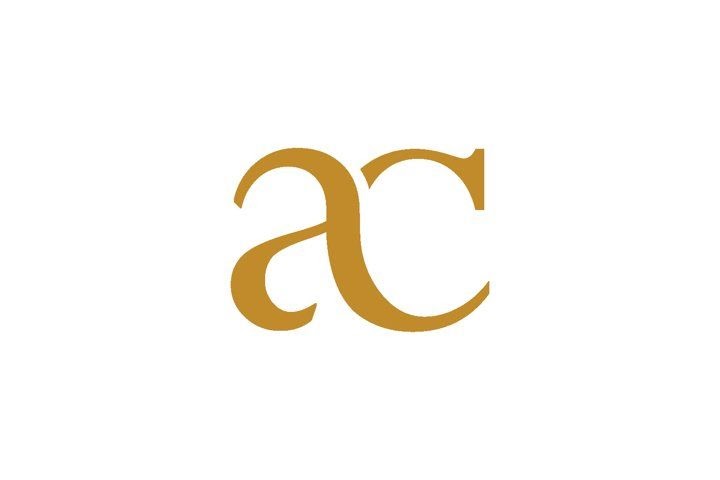You now know that in order to build a portfolio, we need 3
types of information on financial assets: their expected returns, the standard deviation of these returns and, for every possible pair of assets, the correlation between these returns.
Here are 3 assets with the aforementioned quantities of interest:
US equity index:
Yearly expected return: 8%
Yearly standard deviation of returns: 20%
Correlation of returns with US bond index returns: -0.4
Correlation of returns with global equity index returns: 0.7
US bond index:
Yearly expected return: 4%
Yearly standard deviation of returns: 10%
Correlation of returns with US equity index returns: -0.4
Correlation of returns with global equity index returns: -0.6
Global equity index:
Yearly expected return: 10%
Yearly standard deviation of returns: 30%
Correlation of returns with US equity index returns: 0.7
Correlation of returns with US bond index returns: -0.6
We are going to see in the following lectures how all of this information can be combined in an optimal way to build efficient portfolios. However, we would like to know how you would build your portfolio using only these 3 assets.
We suggest you proceed in three steps:
Choose a level of (yearly) expected return for your portfolio.
For example, you may choose an expected return of 6.5%.
Chose an allocation in each asset (or only some of them) that allow you to reach this level of (yearly) expected returns.
For example, you may choose an allocation of 25% in the US equity index, 50% in the US bond index and 25% in the Global equity index to reach an expected return of: 25% * 8% + 50% * 4% + 25% * 10% = 6.5%
Explain briefly why, among all the possibilities, you chose these particular allocations to reach your desired level of expected returns.














%20_%20Logos%20_%20Design%20Bundles.jpg)


%20_%20Logos%20_%20Design%20Bundles.jpg)



0 Comments